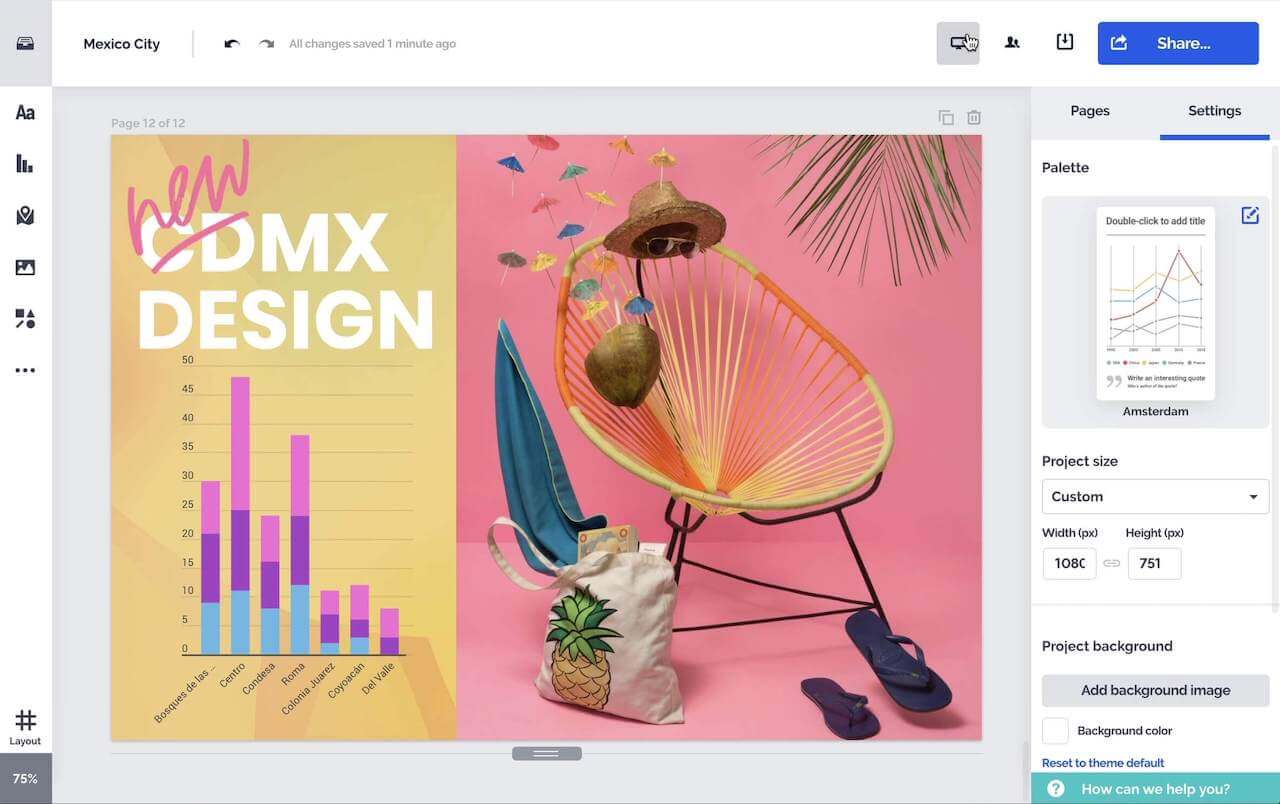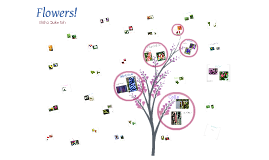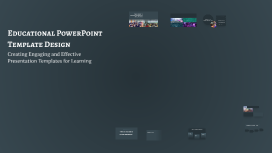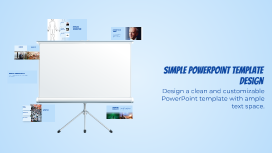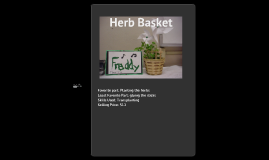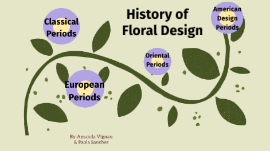Floral Wedding Invitation
Transcript: Floral Wedding Invitation Date & Time Reception Start This section outlines the key dates and timings surrounding the wedding ceremony and reception, ensuring guests can plan their attendance effectively. The reception will start at 5:00 PM, immediately following the ceremony. Guests can look forward to an evening of dining, dancing, and celebration. A Beautiful and Elegant Call to Celebrate Our Union Wedding Date The wedding is scheduled for June 15, 2024. A Saturday was chosen to allow for maximum attendance. Ceremony Time The wedding ceremony will begin promptly at 3:00 PM. Guests are encouraged to arrive at least 30 minutes early to settle in and enjoy pre-ceremony refreshments. Accommodation Options for Guests Local Hotels Contact Information RSVP Options Hotel Blossom: Elegant and modern, with amenities including a pool and spa. The Grand Stay: Centrally located and family-friendly, offering spacious rooms. Cozy Inn: Budget-friendly with charming decor, perfect for a cozy stay. For inquiries, please contact: Name: [insert contact name] Phone: [insert contact number] Email: [insert contact email] Direct messaging options available for quick responses. Respond via email or designated website link. Optional: Include dietary preferences and song requests. Choice of attending: ceremony only, or ceremony and reception. Choosing the right accommodation enhances the wedding experience, providing comfort and convenience to our loved ones. Below are local hotel recommendations and booking information to ensure a pleasant stay. RSVP Details Booking Information Reservations can be made directly through hotel websites or major booking platforms. Advise guests to book early due to limited availability around the wedding date. Consider using group codes if available for discounts. Understanding the importance of providing timely responses for wedding invitations can enhance planning and ensure a memorable event for everyone. Special Rates Many hotels may offer special rates for wedding guests; inquire directly about group discounts. Check for packages that include breakfast or transportation services. Confirm rates at least 3 months in advance to ensure availability and pricing stability. Response Deadline Responses are required by [insert date]. Early confirmations facilitate effective planning for food and seating arrangements. Dress Code Formal attire is required for both the ceremony and reception. Gentlemen are expected to wear suits or tuxedos. Ladies should opt for elegant gowns or chic cocktail dresses. Attire Guidelines for the Wedding Celebration Invitation The attire for our wedding is carefully curated to enhance the overall theme and create a beautifully cohesive atmosphere. Emphasis on dress code, styles, and color palette will ensure a memorable visual experience. Suggested Styles Welcome Note An invitation sets the tone for the wedding, offering essential details while reflecting the style and elegance of the event. This section outlines how to create an engaging invitation that resonates with the couple's vision. Consider the overall theme reflected in floral and leafy designs. Opt for flowing fabrics which complement the watercolour aesthetic. Accessories should be kept elegant; subtle floral patterns or colours can enhance the theme without overpowering it. A heartfelt welcome note establishes the warmth and love surrounding the event. It personalizes the invitation, making guests feel valued and eager to celebrate together. Color Palette Personal Touch Celebration Details Incorporate personal elements, like a brief story about the couple or a meaningful quote, to make the invitation resonate further. Unique design features, such as a watercolor floral theme, enhance the overall aesthetic and reflect the couple's personality. Clearly state the purpose of the invitation: to celebrate the union of the couple. Include specifics such as the date, location, and any important highlights of the ceremony and reception. The color palette is designed to harmonize with the floral and leafy theme. Suggested colors include soft pastels and muted tones like blush, sage green, and ivory. Accents of gold or silver can add a touch of elegance and sophistication. Last checks... Give an overview of this subject here. You can use bullet points to keep it easy to read. Hang on... Point 1 Point 2 Point 3 Adding final touches... Last checks... Go into detail about this subject here. You can always wrap back to previous areas, too. Fine-tuning... Use this section to wrap-up your presentation and highlight the main points. Add more context here. You can add more zoom areas if you have a chart or graph you want to highlight. Design at work... Adding final touches... Go into detail about this subject. You can add images and GIFs to bring your presentation to life, too. Give an overview of this subject here. Getting it ready... If you need more subsections, you can copy this one and place it anywhere on the canvas.





